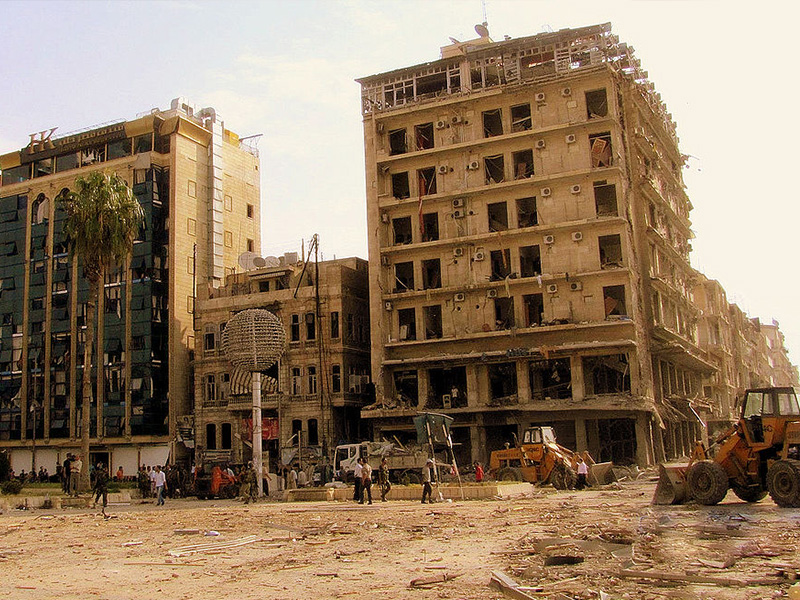Recently, a large group of University of Toronto and Sunnybrook Health Services Centre surgeons, anesthesiologists and emergency-room doctors gathered to hear a lecture by Col. Dr. Elon Glassberg, head of the Israeli Army Medical Corps. Glassberg spoke on the Israeli humanitarian mission to help injured victims of the Syrian civil war. Most in the room were not aware of this effort.
Glassberg began his talk by discussing Syria, a major enemy of Israel among the Jewish state’s many unfriendly neighbours, and the Syrian civil war, now in its seventh year. About 500,000 Syrians have died, and millions have become refugees in what has been called by Amnesty International one of the greatest humanitarian crises of our times. He then went on to describe the genesis of the Israeli medical mission in Syria.
On Feb. 16, 2013, with little or no medical care available in Syria, seven severely injured Syrians were taken to the heavily guarded and fortified Israeli border to seek help. They were discovered by an IDF border patrol who called the army medical teams in the area. With no policy governing what they were witnessing, the Israeli medical team was left wondering, “What now?” As Glassberg described, they quickly came to a decision: “Let’s do what’s right, treat them like our own.” They would worry about protocol later. The teams provided immediate lifesaving resuscitations, and then transferred the Syrian wounded to the nearest Israeli hospital. What started as a trickle has become a well-organized medical mission. To date, almost 3,500 severely injured Syrians have been treated in Israeli hospitals in the north of the country.
After a one-year trial treating wounded Syrians in a field hospital at the border, the Israeli command felt such an arrangement was too risky for the staff and patients, given the proximity to the hostilities. Glassberg described the Israeli government’s decision to integrate the Syrian wounded into the well-established routine of the Israeli trauma system. Under this new protocol, Israeli doctors would treat injured Syrians as they would Israeli victims of terror. The most severe cases would be flown by helicopter to the trauma unit at Rambam Hospital in Haifa, the less severe to three local hospitals in the north. Israelis have been very supportive, as has the government, even though in the smaller Israeli hospitals, Syrians requiring long-term critical care often end up occupying space in intensive-care units. Meanwhile, with no follow-up care available in Syria, the Israelis initiated outpatient clinics to change casts, dressings and make sure medical outcomes were good.
READ: ISRAEL PROMOTES TIES WITH GLOBAL JEWISH EDUCATORS THROUGH RECENT CONFERENCE
Glassberg spoke of another frequent dilemma: What to do with patients who are injured, but who, upon further investigation, are discovered to have serious, unrelated medical conditions? He told of a teenage boy with a fractured femur, who, in the course of their investigation, Israeli doctors found to have a serious life-threatening bone cancer. For Glassberg’s team, there was no ethical dilemma, no matter the cost. The boy was given costly chemotherapy; one of the young staff doctors even recommended experimental stem cell transplantation, a process that’s not widely available.
As trust of the Israeli medical teams improved, mothers and grandmothers would bring children to the border for non-war-related illnesses. So many came that the Israeli army set up a formal, fully equipped paediatric outpatient clinic called Camp Ichay. Almost 1,500 children have been treated there. As for ongoing care, twice weekly at 5 a.m., a bus picks up Syrian patients at the border, drives them to local clinics, including Camp Ichay, where they are treated, and then taken back to the border to return home to Syria in the evening.
Glassberg summed up these challenges simply. “It’s not about saying the right things,” he said. “It’s about doing the right thing.” At the end of his talk, he received a spontaneous standing ovation from the audience, not a common occurrence at a medical lecture. And at that moment, we were very proud to be surgeons – and to be Jews.
